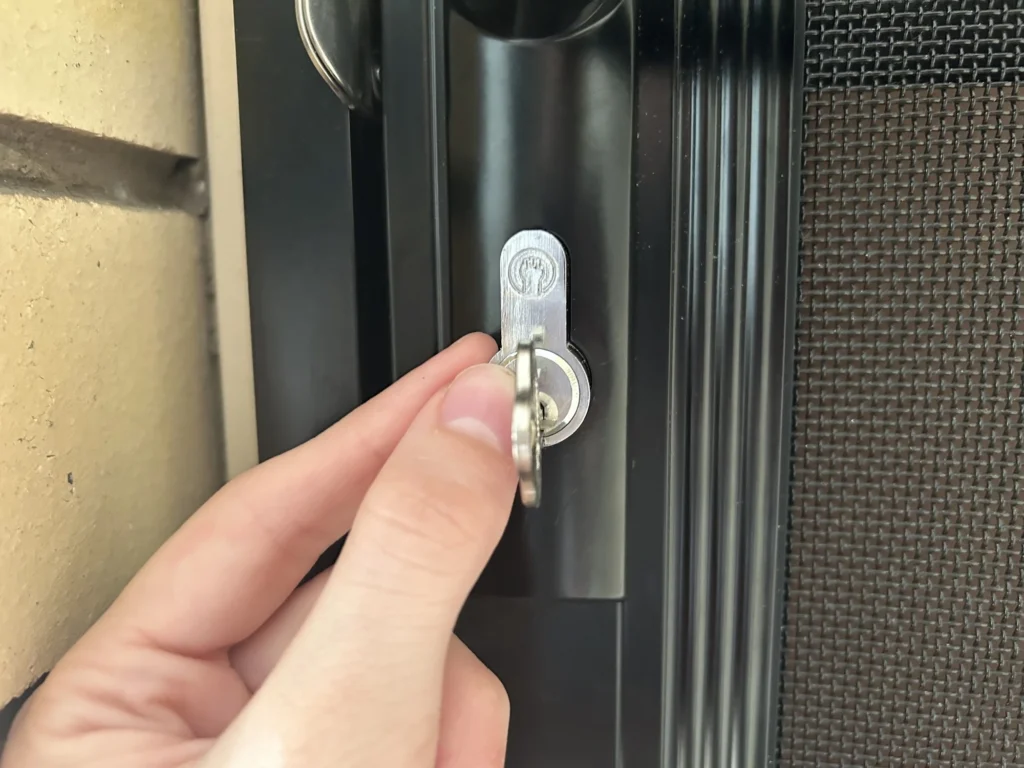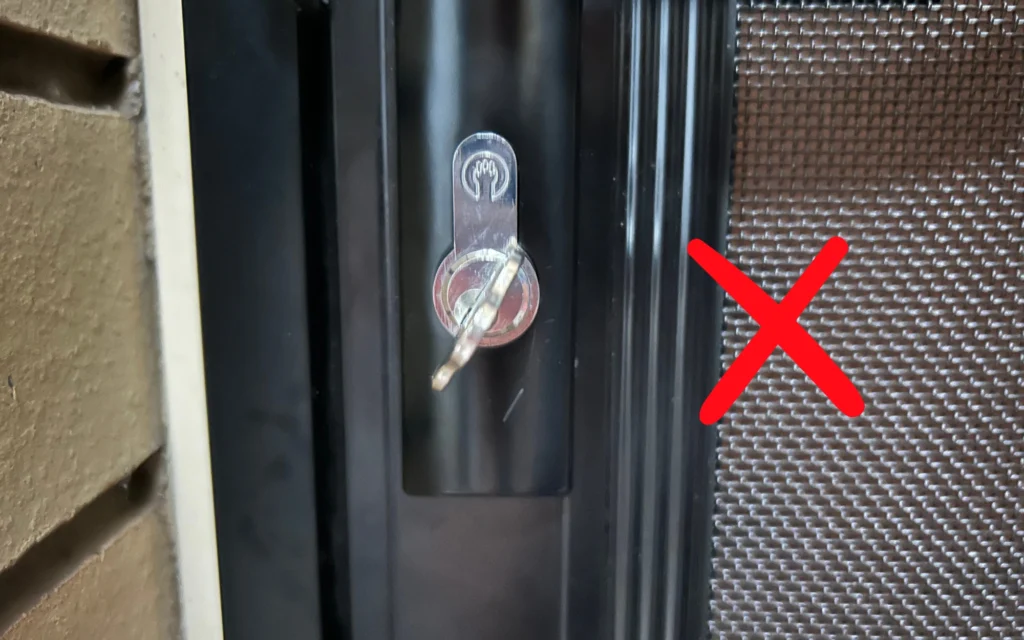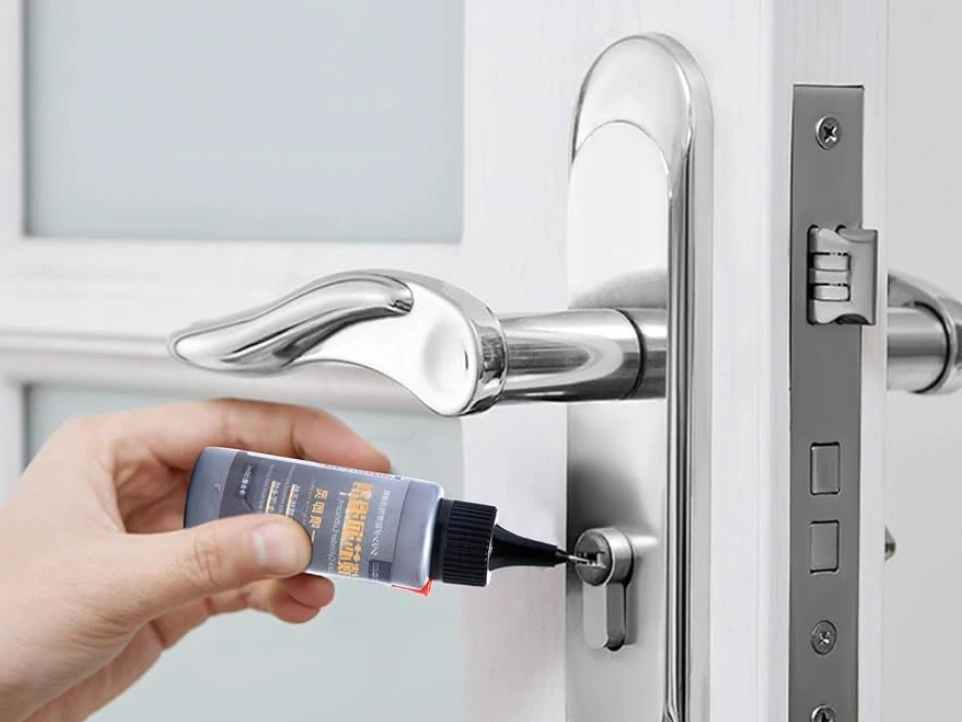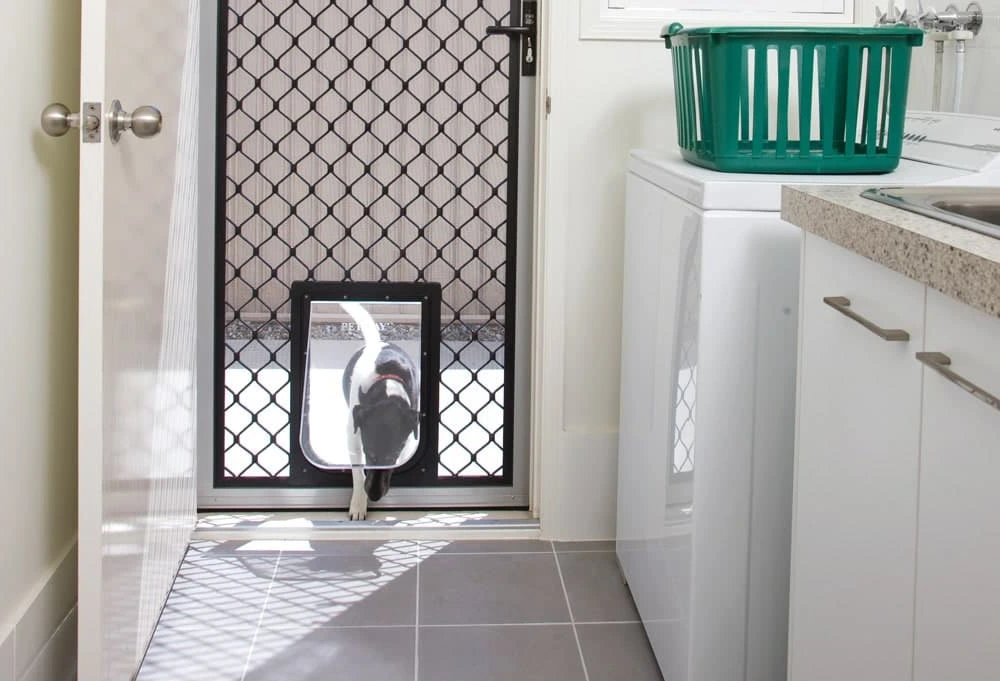
A stuck key transforms what should be a simple task into a frustrating ordeal, particularly when you’re trying to access your home or find yourself locked outside your home. Staying calm becomes crucial – forcing or rushing the key stuck in lock often results in it snapping in half, escalating a minor issue into an expensive locksmith call-out.
Whilst many people feel overwhelmed when their key gets stuck, the right techniques allow you to often remove a stuck key without professional help. Before attempting any solutions, pause for a moment and avoid aggressive jiggling or forcing the key, as these actions typically worsen the situation and risk breaking the key.
This guide presents several tested methods for removing a key from any door lock. The techniques outlined here have enabled numerous homeowners to extract stuck keys safely whilst avoiding damage to their locks or costly repair bills.
Why Keys Get Stuck in Locks
Recognising why your key is stuck enables you to select the most appropriate solution. Stuck keys result from various factors that affect lock functionality.
Dirt and debris accumulate within lock assembly components over extended periods, creating the need for lubrication. A loose plug may shift within the cylinder, disrupting the alignment required for pin tumblers to function correctly. New keys sometimes feature rough edges or burrs that snag on lock pins, whereas older keys can warp and lose their proper fit within the keyway.
Environmental factors like moisture or temperature fluctuations impact lock cylinder performance. Sometimes the issue stems from inserting an incorrect key into the wrong type of lock. During a key stuck in a lock scenario, misaligned pin tumblers within the locking cylinder prevent both key rotation and removal.
Method 1: Push the Plug
The simplest approach to remove the key involves pushing the plug – the small metal circle that surrounds your stuck key. A loose plug shifts position and blocks key removal. This method requires only steady hands and patience, with no special tools needed.
Steps to Push the Plug:
- Push the key in as far as it will go
- Turn the key back to the exact position it was in when you first inserted the key
- Use your finger to firmly push the plug next to the key to keep it aligned
- While maintaining pressure on the plug, gently twist and pull the key out
This technique succeeds because maintaining pressure on the plug ensures pin tumblers remain correctly aligned within the cylinder during stuck key removal. The method proves particularly effective for locking cylinders that have developed looseness through regular use.


Method 2: Use Lubricating Spray
When plug pushing proves unsuccessful, your lock requires lubrication. Dirt and dust accumulation inside the lock. When plug pushing proves unsuccessful, your lock requires lubrication. Dirt and dust accumulation inside the lock frequently causes stuck keys by impeding smooth lock pin movement. Applying lubricant spray, available at any hardware shop, provides the quickest resolution.
Best Lubricants For Locks:
- Silicone-based dry lubricant: Doesn’t attract dust, ideal for lock maintenance
- Graphite powder: Preferred by locksmiths, works as a dry lubricant
- PTFE-based sprays: Durable and effective for lubricating the lock
How to Apply Lubricant:
- Insert the nozzle attachment into the top of the keyhole
- Spray a small amount around the stuck key
- Gently wiggle the key up and down – never side to side to avoid breaking the key
- Continue gentle movement until the key loosens and you can retrieve the key
Note: Oil-based products like WD-40 should never be used for lock maintenance since they collect dirt and create additional problems later.
Method 3: Try Graphite Powder
Graphite powder serves as an outstanding dry lubricant created specifically for lock mechanisms. Locksmiths frequently choose this option because it leaves no residue that could attract dirt and debris inside the lock.
Using Graphite Powder:
- Press the nozzle directly up to the keyhole
- Gently squeeze to release small puffs of powder around the stuck key
- Wiggle the key up and down to distribute the graphite throughout the lock assembly
- Continue until you feel the key start to loosen, then gently pull the key out

How to Remove a Broken Key Stuck in Lock
Should your key break during attempts to remove key stuck in the lock, remain calm. You still have reasonable chances of extracting a broken key without requiring locksmith assistance. The crucial first step involves avoiding any actions that push the broken key piece deeper inside the lock.
- Lubricate the keyway with graphite powder or dry lubricant
- If visible: Try gripping the broken key stuck out with needle-nose pliers or tweezers
- If broken inside: Use a straightened paper clip or bobby pin
- For stubborn pieces: Consider using a broken key extractor kit
Using a Broken Key Extractor Kit
Professional locksmiths utilise broken key extractor kits containing specialised tools. These kits include hook tools designed to grasp the recessed groove of the key, spiral extractors suited for rounded key grooves, and sawtooth tools for squared-off grooves.
The extraction process requires inserting the correct tool from the kit alongside the broken key, then carefully manoeuvring it to establish a secure grip on the broken piece before extraction. Success demands patience and gentle pressure to prevent pushing the fragment further into the lock mechanism.
What to Do If Key Stuck Half-Turned
Certain situations involve encountering a key stuck in the lock that turns only halfway or remains partially rotated. These scenarios demand careful handling due to their unique complexity.
Steps for Half-Turned Keys:
- Don’t force it to turn harder – this increases the risk of breaking the key
- Try turning backward gently to its original position
- Apply lubricant into the keyway and around the key, letting it soak in
- Use thin tools like a paper clip to clear any debris
- Call a locksmith if the key won’t budge to avoid complications
Prevention: How to Prevent Keys Getting Stuck
Proper lock maintenance proves essential for preventing future complications. Regular maintenance routines can spare you from getting stuck outside your home or facing stuck key emergencies.
Regular Maintenance Tips:
- Lubricate your locks every six months with dry lubricant
- Keep a spare key handy in case your primary key becomes warped
- Replace the lock if it consistently causes problems
- Never leave keys in the lock as this puts pressure on the lock assembly
- Have a new key made if you notice wear or bending
- Consider upgrading to keyless entry systems
Key Care:
- Regularly inspect your keys for signs of wear
- Don’t overload your key ring with too many keys that can damage each other
- Ask a key maker to smooth rough edges on new keys
- Keep keys clean and dry to prevent debris transfer to the lock cylinder
When to Call a Locksmith
After exhausting multiple methods while your key remains stuck, or when the entire lock shows signs of damage, contacting a locksmith becomes necessary. Professional locksmiths possess specialized tools and knowledge to handle complex situations without damaging your lock assembly.
Call a professional when:
- The broken key cannot be extracted with DIY methods
- Multiple attempts have failed and you risk breaking the key further
- You’re locked out of your home and need immediate access
- The lock could be damaged beyond simple repair
- You need to replace the lock or rekey the system
Frequently Asked Questions
Should I use oil or silicone lubricant on my locks? Always use dry lubricant like silicone spray or graphite powder. Oil-based products attract dust and debris, potentially causing more problems over time.
Why does my key keep getting stuck in the lock? Usually due to dirt buildup inside the lock or a loose plug that needs adjustment. Regular lock maintenance helps prevent this issue.
How often should I lubricate my locks? Every six months with dry lubricant to keep the lock pins and cylinder working smoothly and prevent sticking.
Can a broken key be copied? Yes, if you have both pieces, a locksmith can usually make a new key. However, it’s better to prevent a key from breaking by replacing worn keys early.
What’s the difference between a pin tumbler lock and other types of lock? Pin tumbler locks are the most common type, using pin tumblers that must align correctly for the key to turn and be removed properly.



